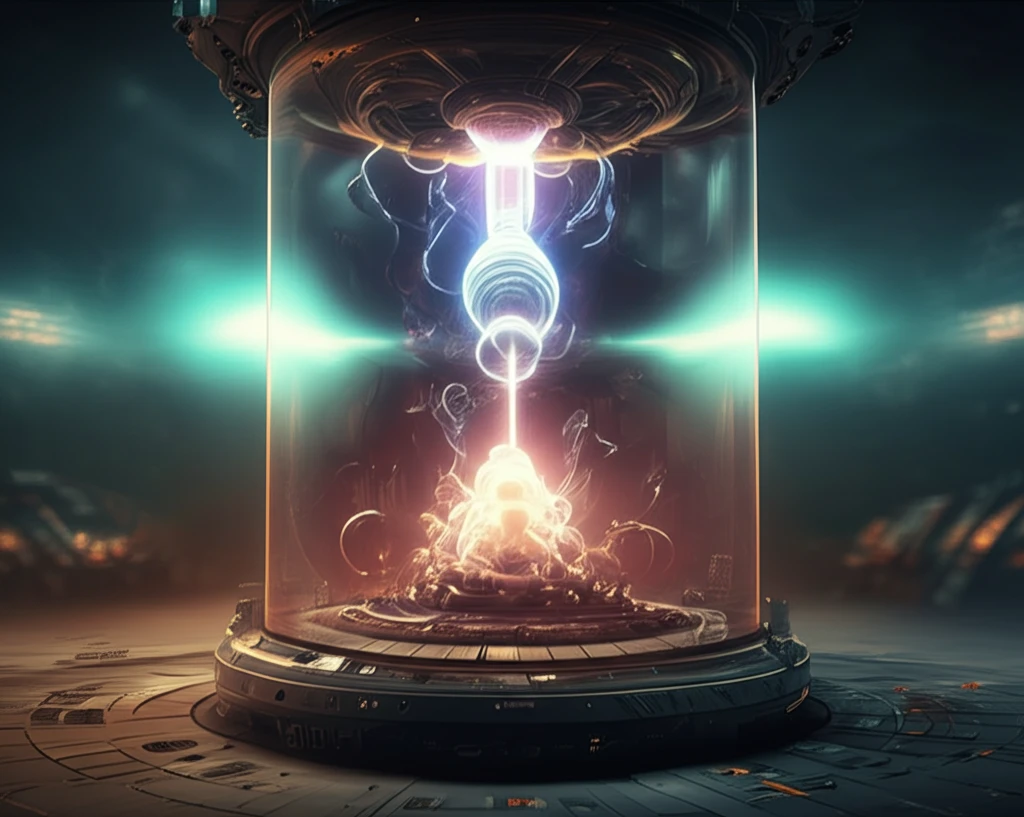
Unlocking Detonation Stability: How Curvature and Confinement Tame Explosions
"Explore the groundbreaking research that reveals how controlling the shape and space around an explosion can lead to safer, more predictable outcomes."
Explosions, especially those involving gases, are notoriously unpredictable. This instability makes them difficult to control, posing significant challenges in industries ranging from mining to aerospace. For decades, scientists have been trying to understand the factors that govern detonation stability – what makes an explosion predictable versus chaotic?
A recent study from Los Alamos National Laboratory sheds new light on this complex problem, focusing on how the physical space surrounding an explosion affects its behavior. The researchers explored how curvature (the shape of the explosion's front) and confinement (the physical boundaries around the explosion) can either amplify or dampen the explosive process. This isn't just academic; understanding these dynamics is key to designing safer systems and potentially harnessing explosions for beneficial purposes.
Imagine controlling an explosion with the precision of a surgeon. This research brings us closer to that reality, offering insights into how we might manipulate the very fabric of an explosion to achieve desired outcomes. By understanding the interplay of curvature and confinement, we can potentially mitigate risks, improve safety protocols, and even develop new technologies based on controlled detonations.
The Dance of Curvature and Confinement: What Makes an Explosion Stable?

The core of the study revolves around the idea that the shape of an explosion’s shock front and the physical constraints around it significantly impact its stability. Think of it like trying to control a fire: if you let it spread freely (unconfined), it becomes erratic and dangerous. Similarly, an explosion without boundaries can behave unpredictably. The researchers focused on two key mechanisms:
- Energy Loss: When an explosion occurs within a confined space, some of its energy is transferred to the surrounding material. This energy loss can dampen the explosion's intensity and potentially stabilize it.
Toward Predictable Explosions: The Future of Safety and Innovation
This research provides a crucial step toward a future where explosions are no longer forces of chaos but predictable tools. By understanding and manipulating the interplay of curvature and confinement, we can create safer industrial environments, develop advanced explosive technologies, and potentially unlock new frontiers in fields like materials science and energy production. While challenges remain, the path toward controlled detonations is now clearer than ever before.
